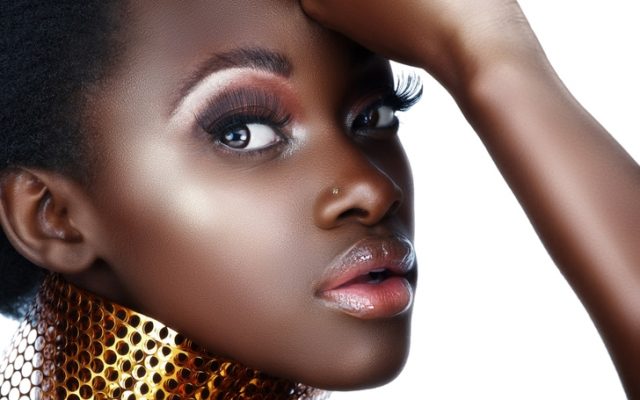If you’re reading this and your head is covered in fervent sweats and cold chills are running down your spine, you need to calm down. Most new nose piercings will get infected at some point so you’re not alone. Infected nose piercings can also be healed.
Before, I get into it, it’s good to know how to differentiate between a harmless bump on your piercing from an a bump that is infected and a bump that is a keloid.
Nose piercing bumps that aren’t infectious can be caused by injury to the nose piercing site. This happens if your ring accidentally gets stuck in clothes and you pull it. The pain is enough to bring you to your knees. The swelling usually occurs almost immediately but goes away on its own after a short time. If you want to speed up the process, apply a warm compress to the affected area twice a day. A warm compress is made by dipping a ball of cotton wool into hot water then letting it cool a little so that it doesn’t scald you.
Granuloma
This is an infected nose piercing bump. They appear red and raw and may ooze out pus and/or blood. Do not drain it! Draining it might introduce new bacteria to the already infected area and make it worse.
A granuloma can be caused by many things. These include; not cleaning your piercing properly, not cleaning your piercing at all, over cleaning your piercing such that you remove even the good bacteria that protects you, touching your piercing with contaminated hands, swimming in public pools before your piercing is fully healed.
Keloid
A keloid is a scar that develops next to your piercing and keeps growing despite your efforts to reduce its size. These don’t go away unless they’re surgically removed. A rule of thumb to go by is, if you’ve had a history of keloids in your immediate family or if previous piercings led to keloids, then it’s best to stay away from a nose ring altogether. If you already have a nose ring, be extra vigilant for any bumps that develop.
Treatment
For granulomas, you’ll have to switch up your cleaning routine. Ditch the saline and opt for a stronger antibacterial method like surgical spirit or iodine solution. Use it twice a day. After that, use an ointment like hydrocortisone to bring down the inflammation. When my piercings got infected, I found Grabacine ointment to be very effective in healing my infections. It’s a triple antibiotic meaning it kills three types of bacteria that are common with cosmetic procedures. The active ingredients to look out for in a triple antibiotic ointment are neomycin, polymyxin and bacitracin. So if your local pharmacy doesn’t stock Grabacine, ask for one that has those three ingredients.
The pus and blood will drain itself as the bump goes down. Don’t try and peel of the crusts that form with dirty hands. The infection should clear after two weeks. If it goes on longer than that, you should seek medical attention.
If you suspect that your bump might be a keloid, head straight to a doctor.
If your piercing keeps getting infected, you should consider going back to your piecer and have the jewellery changed. Only use titanium or jewellery made out of surgical steel. Silver jewellery oxidizes and will darken the skin around your piercing if it hasn’t fully healed. Any coated jewellery is guaranteed to lead to an infection in new piercings.


